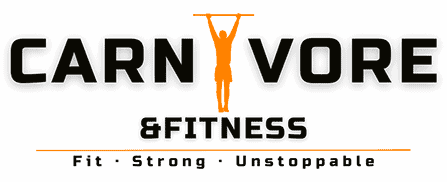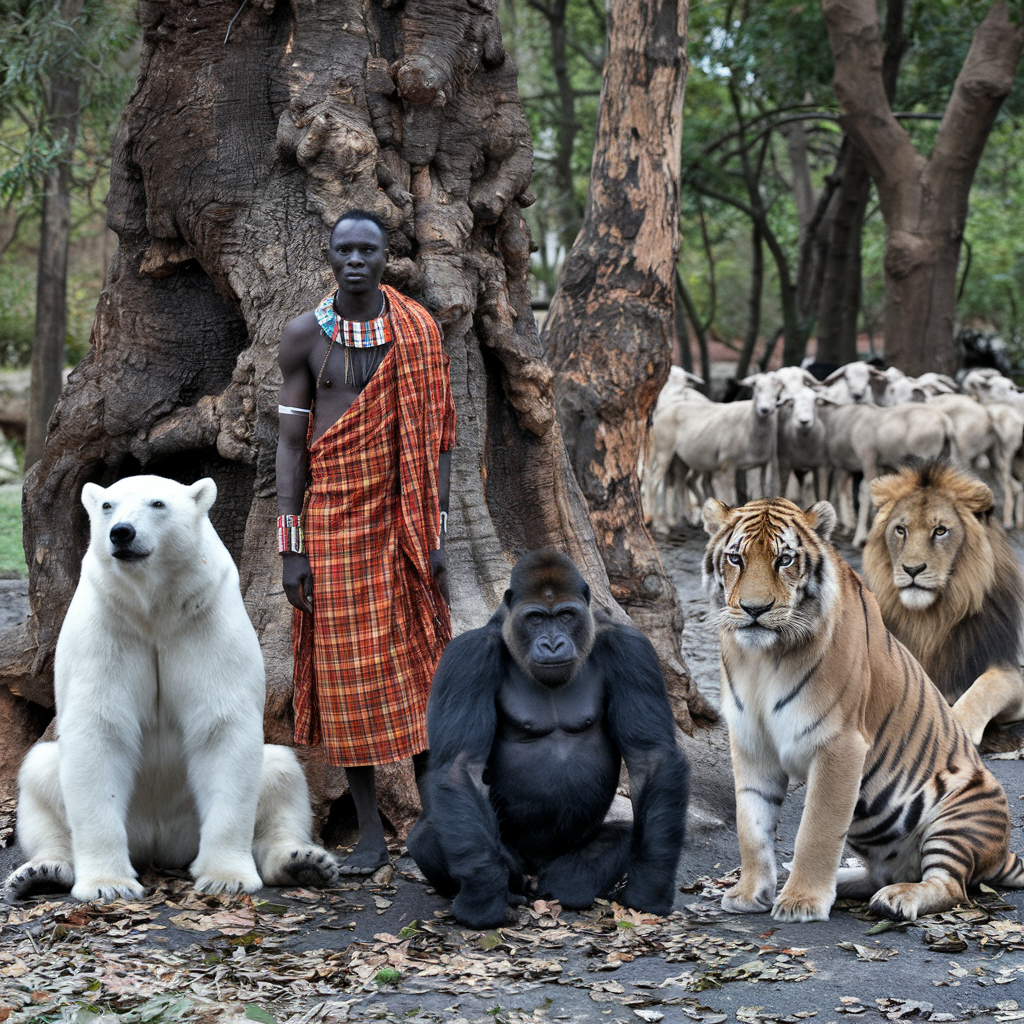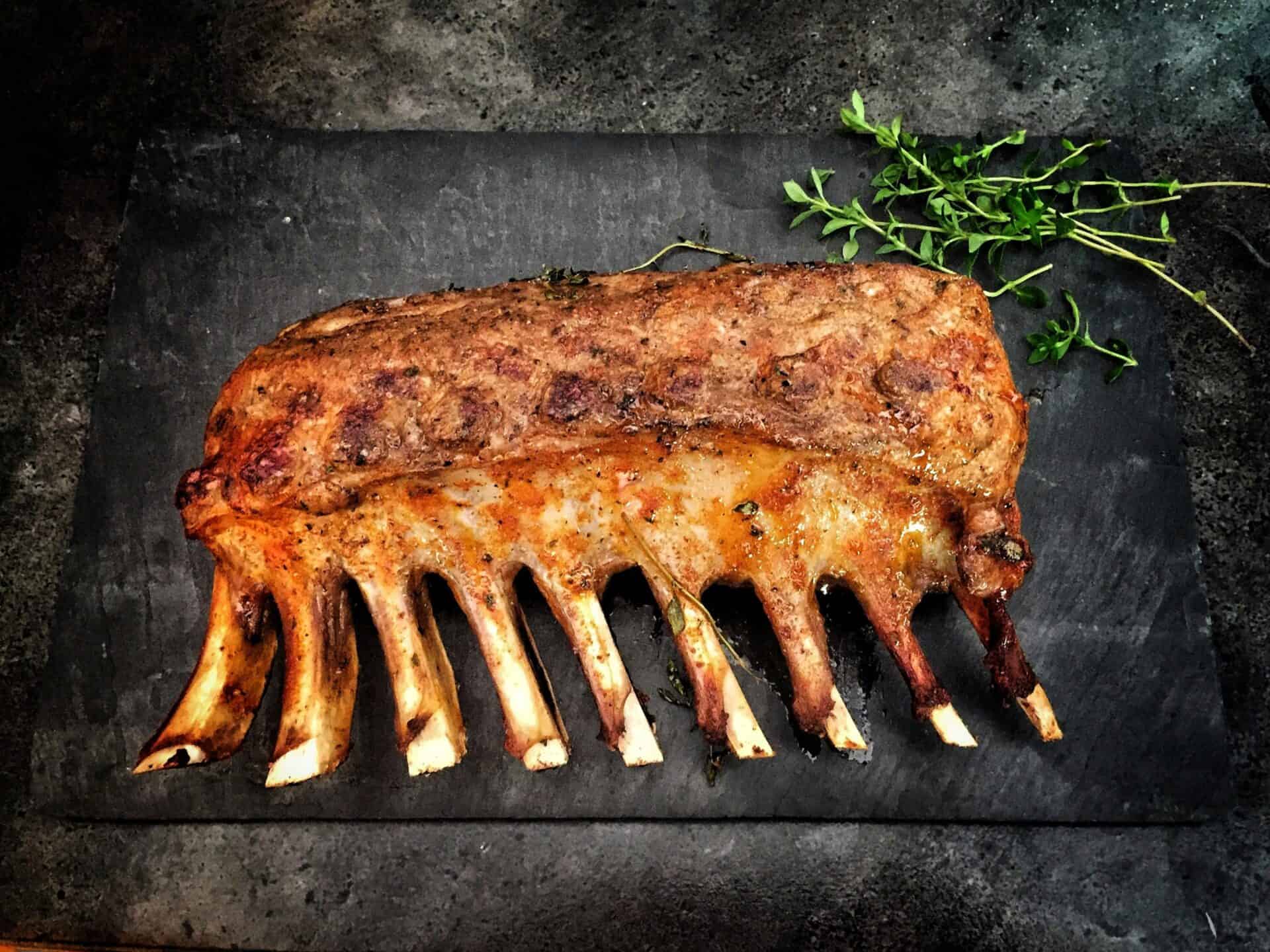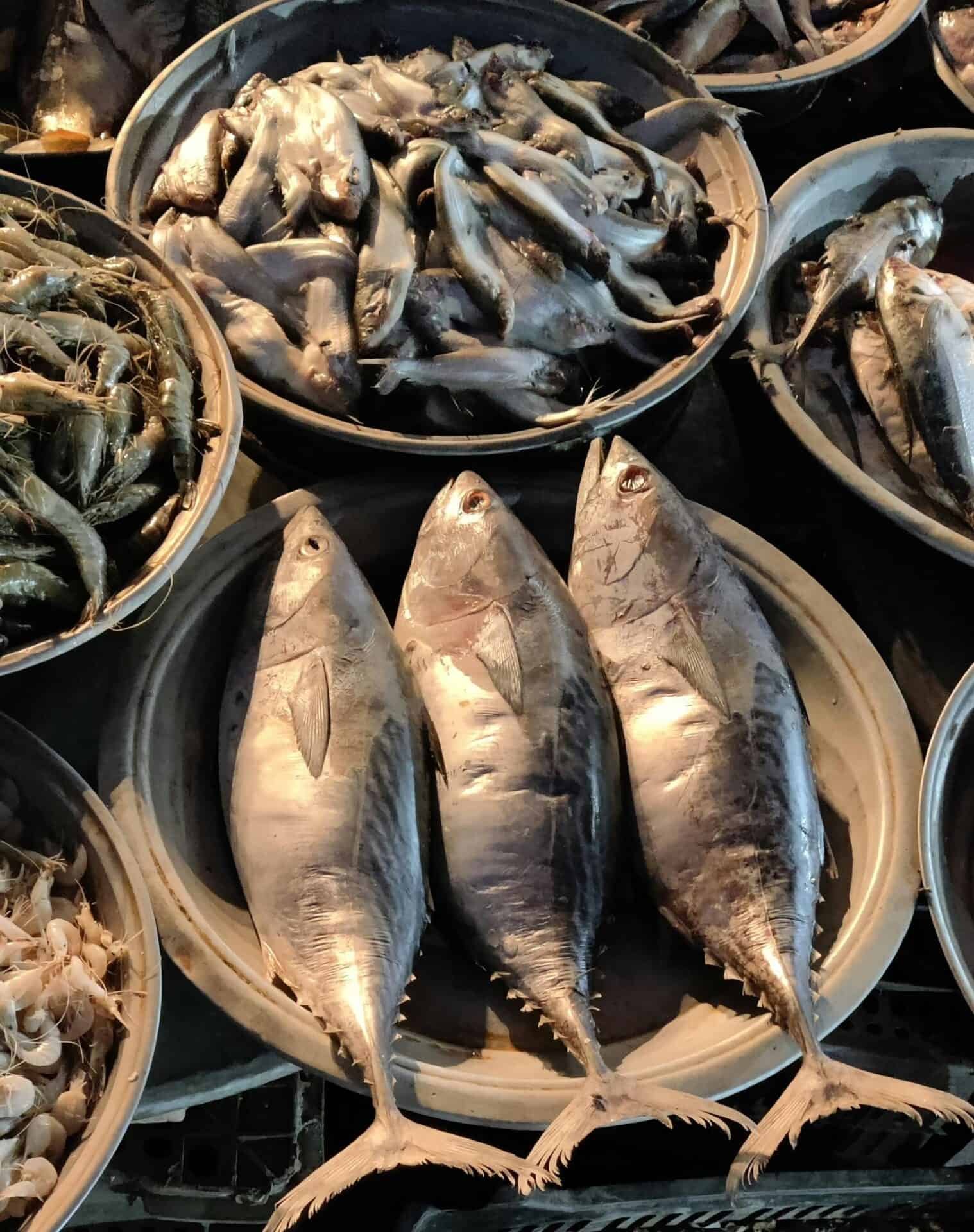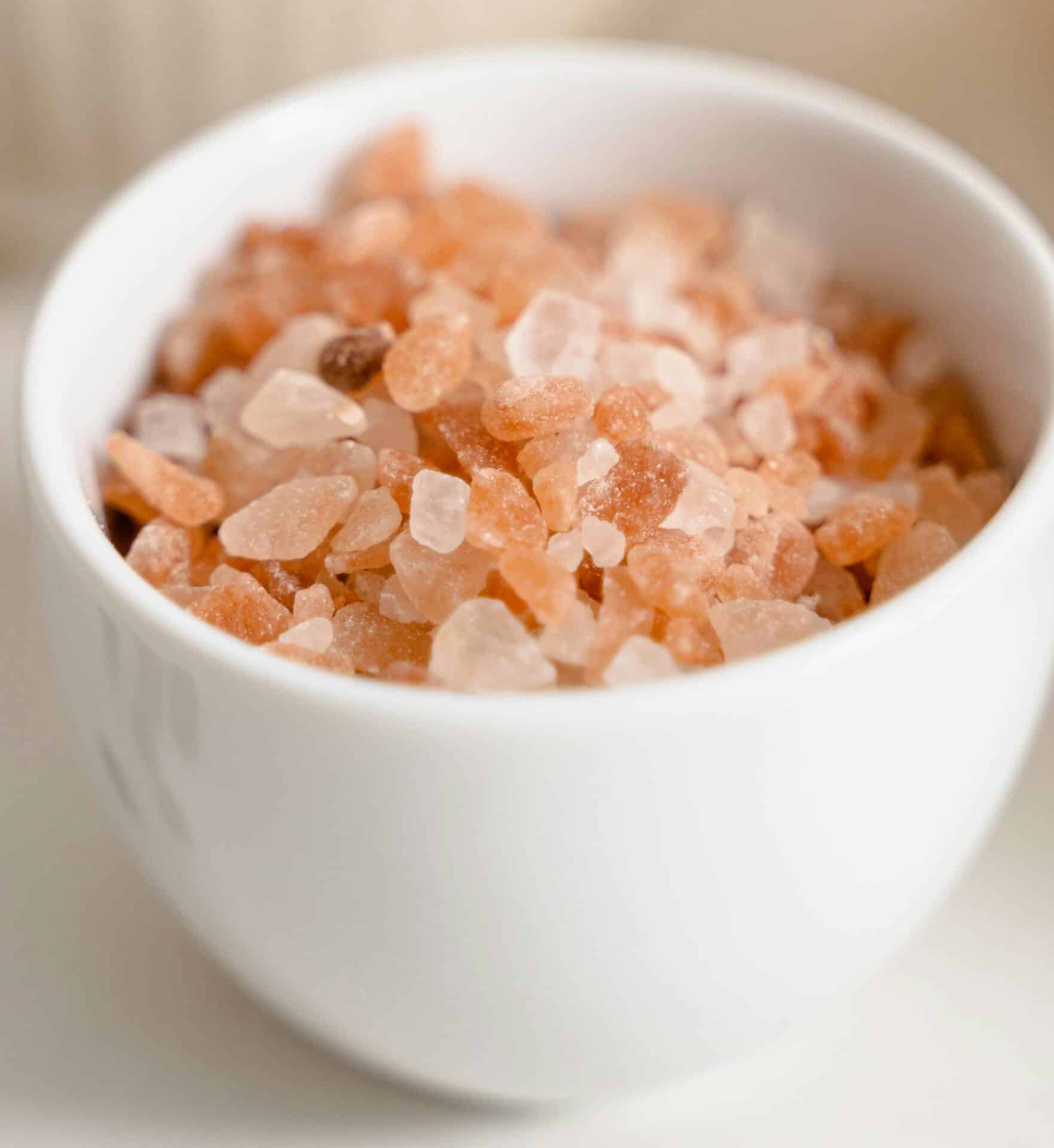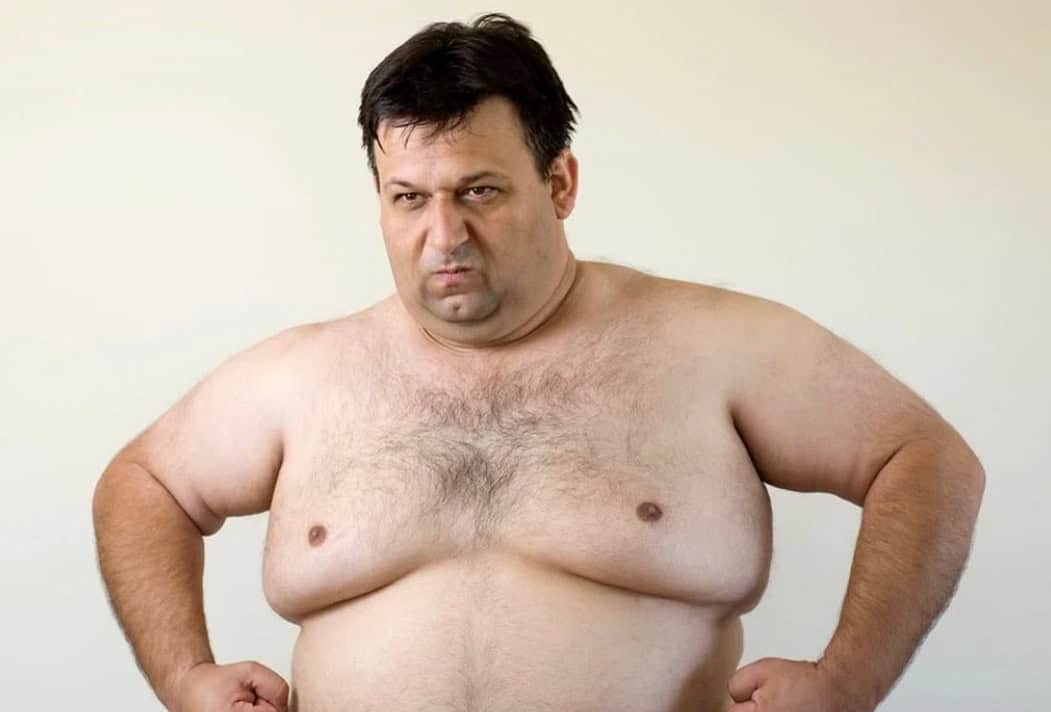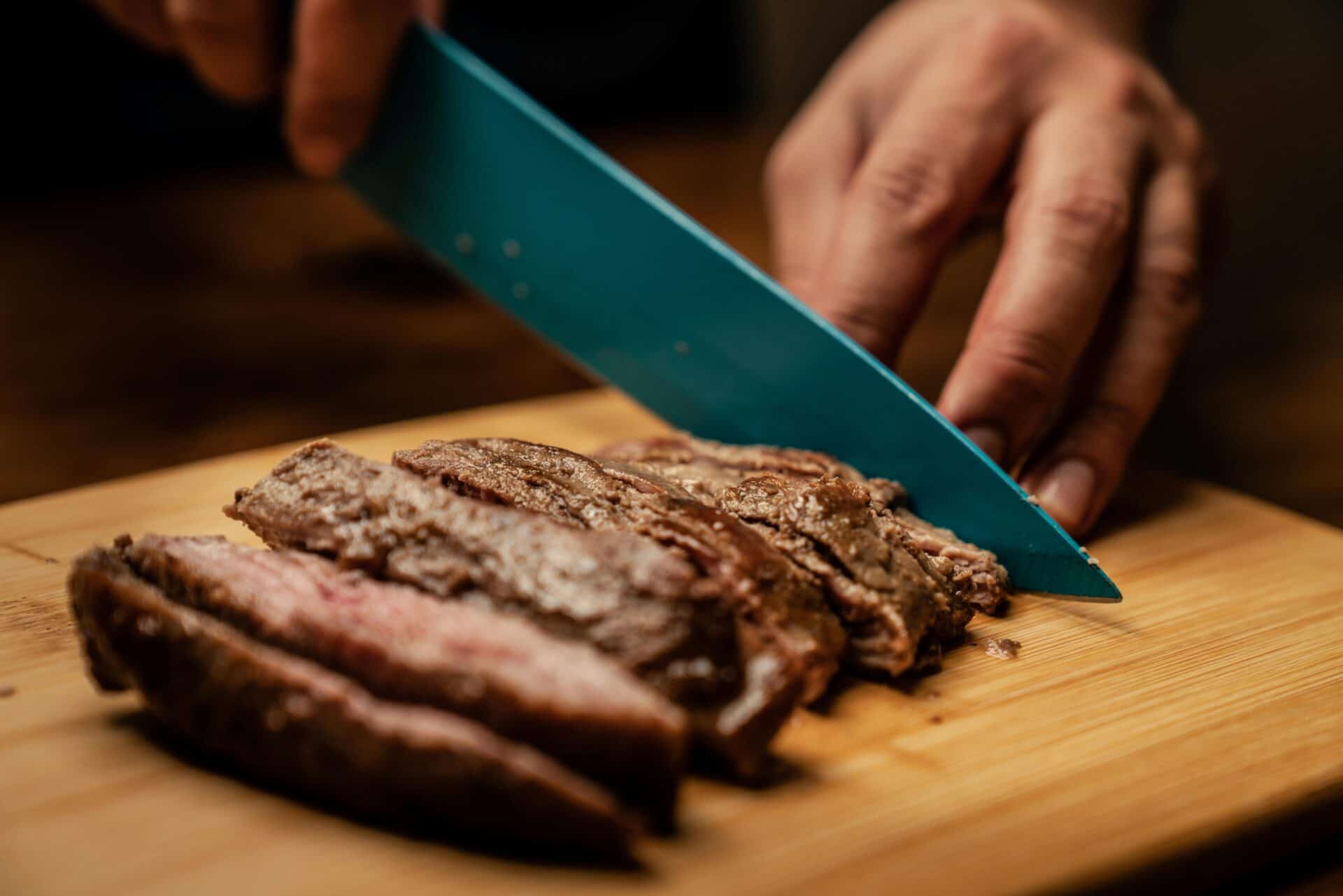Dietary Whiplash: A Return to Our Species Approriate Diet
Dietary Whiplash: A Return to Our Species Approriate Diet
Let’s take a trip down memory lane, shall we? For decades, we’ve been like lost sheep wandering in the dietary wilderness, trying to figure out what the heck we should be eating. Up until the groovy ’70s, it was all about the meat, milk, eggs, and butter brigade — basically, every meal was a steak-filled love letter to your taste buds. Then, boom! The ’80s hit, and suddenly we were all in a panic about fat, scrambling to cut every ounce of it while loading up on carbs like they were the last piece of pizza at a party. If you’re confused, trust me, you’re not alone. The constant back-and-forth is enough to make anyone’s head spin.
Out With The Old, In With The New?
So what’s a healthy diet supposed to look like now? The so-called “experts” keep moving the goalposts: red meat and saturated fats are apparently out, while starchy cereals, bread, pasta, and a fruit salad worth of carbs are in. And here’s the kicker: even though many followed that advice to the letter, we’re now swimming in a sea of obesity, diabetes, heart disease, and a buffet of other chronic illnesses. Isn’t it time to hit the reset button and rethink the whole “dietary pyramid” we’ve been fed?
What’s Our Real Food Map?
Here’s the million-dollar question: What the heck are we supposed to be eating? Some folks are waving the plant-based flag, claiming we should all be munching on kale and drinking green juices. Darn, I used to be one of them for years! I owned a juice bar 10-15 years ago, can you imagine? Others are ready to throw down the gauntlet for a meat feast, and don’t even get me started on the extreme Breatharians who think air is a food group! The dietary debate is about as clear as mud. But let’s untangle this mess by diving into our evolutionary history and seeing how our bodies tick.
Let’s get real: wild animals don’t need a dietary manual. Cows munch grass, lions feast on the buffet of life (aka other animals), and they all thrive like it’s nobody’s business. Rabbits aren’t on a calorie-counting diet, and tigers aren’t skipping the steak for fruit salad. Humans? We’re part of this animal kingdom, so we should have a diet that reflects millions of years of evolution, right?
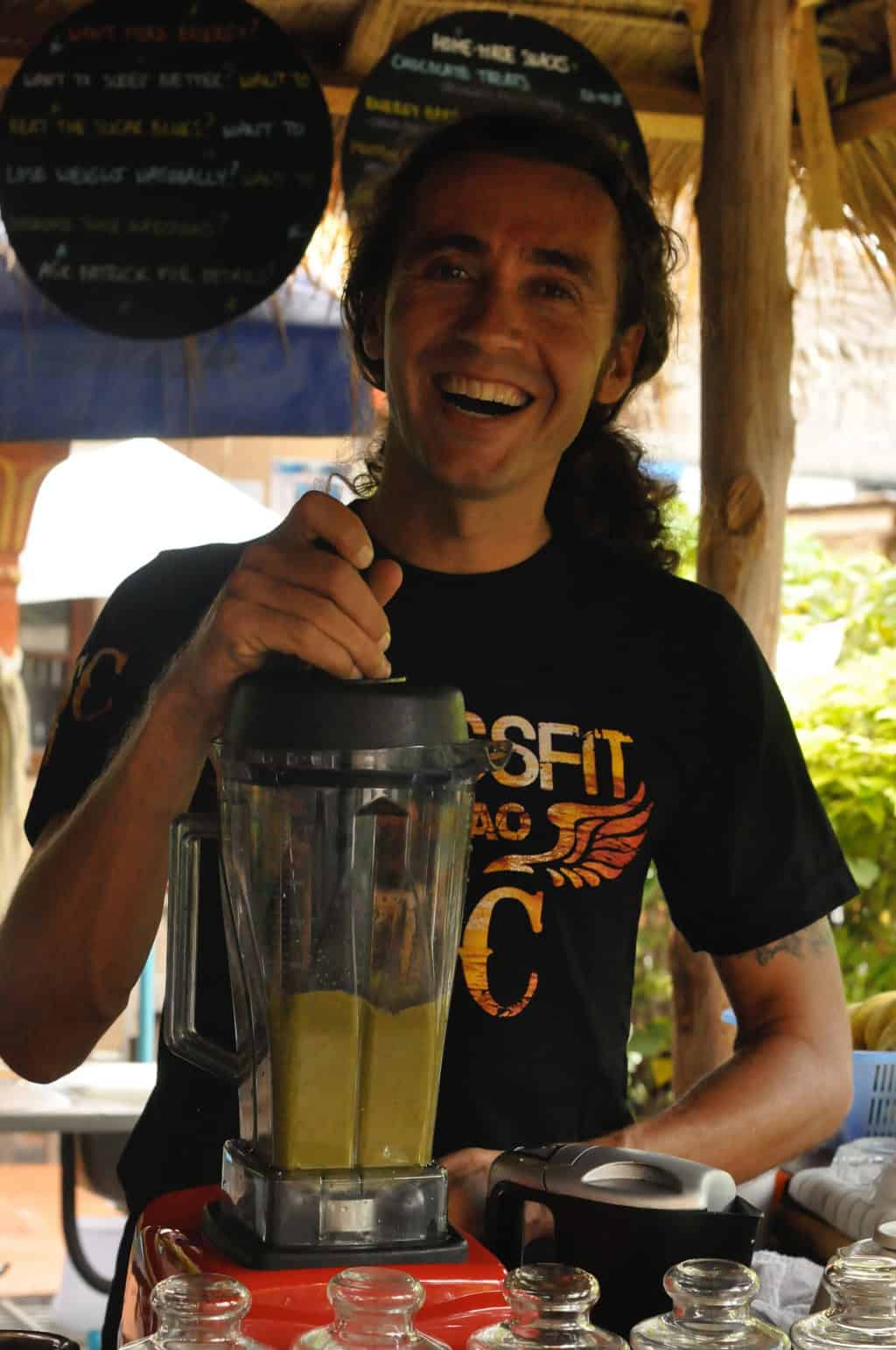
Gorillas: The Surprise High-Fat Diet
Sure, it looks like gorillas are all about the greens, munching on leaves like they’re in a vegan café. But wait! About 90% of their diet is water. The other 10%? That’s just a little dry matter with a fraction of fat. Sounds low-fat, right? But hold onto your bananas! Gorillas are what we call hind-gut digesters. After they munch, their fiber hangs out in the large intestine, getting fermented by bacteria, which produces short-chain fatty acids (SCFAs) that fuel their energy. So, while they seem to be living on lettuce, most of their energy is coming from fat—yep, you heard that right! Gorillas are fat burning machines!
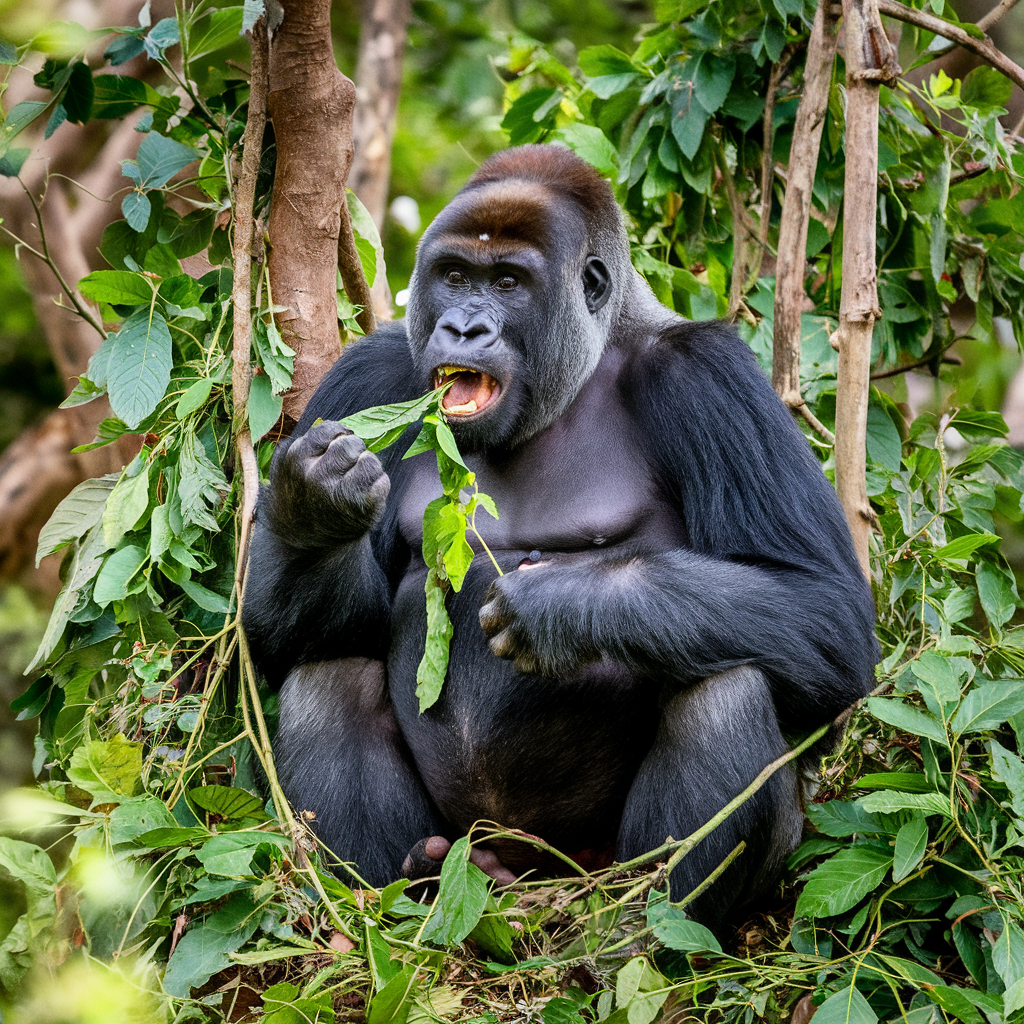
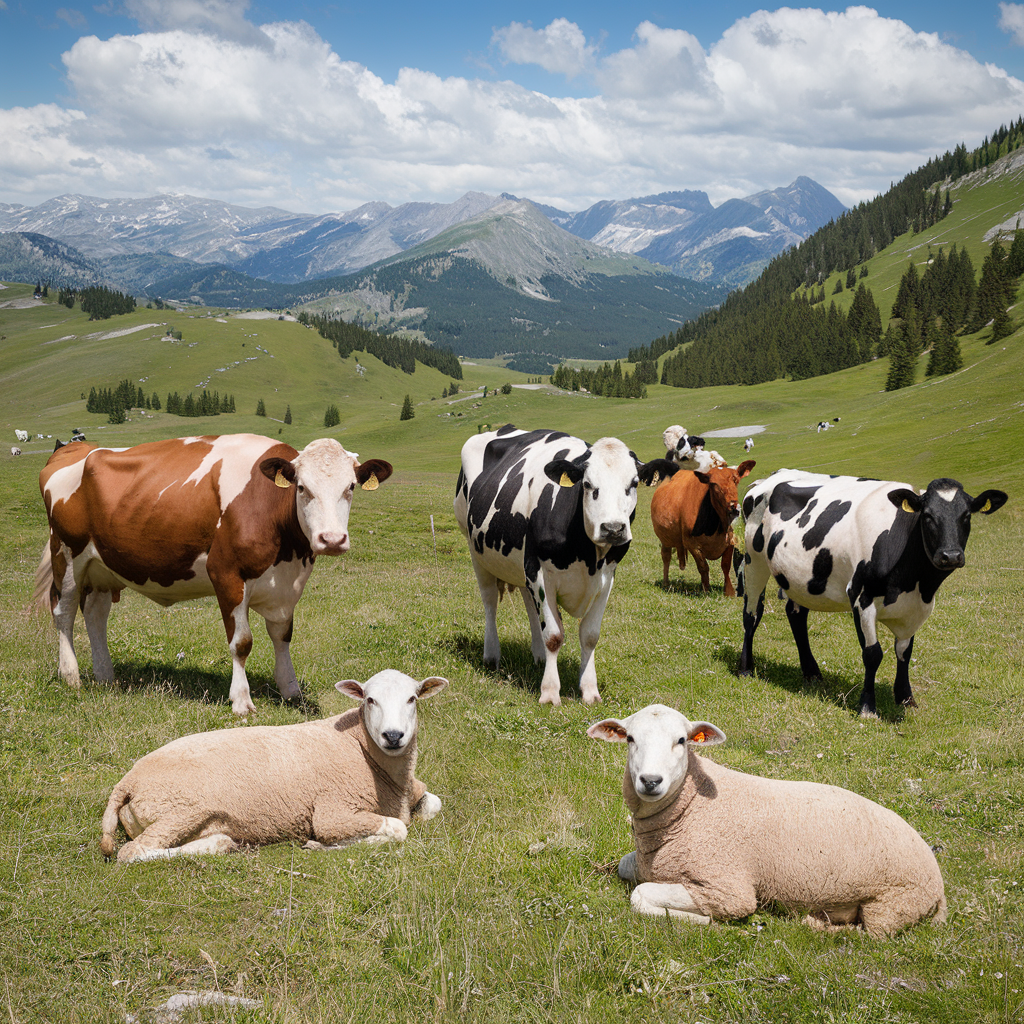
Ruminants: Cows and Sheep Living the High-Fat Life
Cows and sheep? Same deal. They’re chomping down grass all day, but it’s not the grass that fuels them. Thanks to their multi-chambered stomachs, they turn all that green stuff into fatty acids. In fact, 70% of their energy comes from fats made through fermentation in their guts. So even these plant eaters are living the high-fat dream! We could learn a thing or two from them about letting fat do the heavy lifting.
Carnivores: The Kings of Fat and Protein
Then we’ve got the carnivores: for example lions and polar bears. These guys cut to the chase — they zero in on the fattiest, juiciest parts of their prey, like bone marrow and organ meats. No fermentation needed here. They’re living the dream, fueling up on straight-up fat and protein, the good stuff.
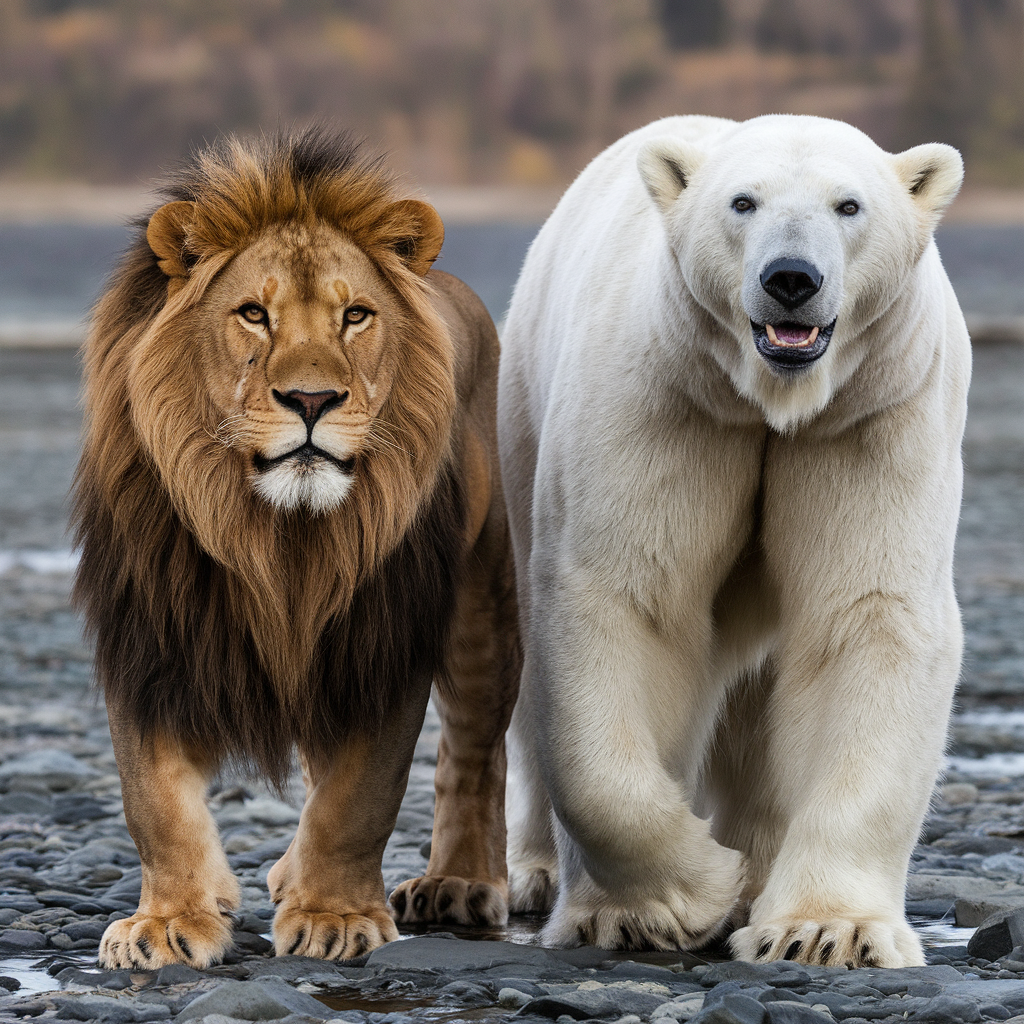
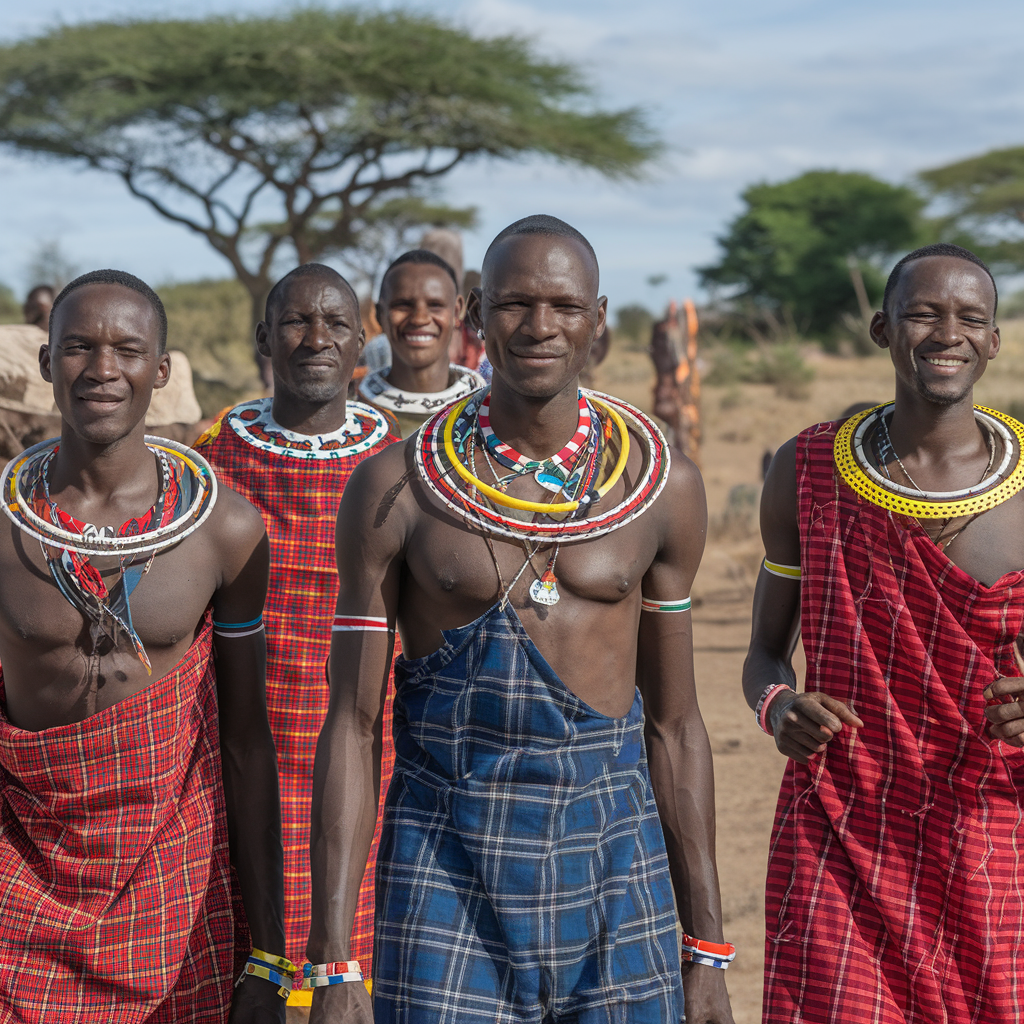
Maasai: Meat, Milk, and Blood — The Power Combo
And now, let’s not forget the Maasai warriors, one of the most remarkable groups when it comes to traditional diets. These East African nomads have been living a lifestyle rich in animal products for generations. Their diet primarily consists of three things: meat, milk, and blood from their cattle. Forget your Acai bowls and veggie wraps, these warriors are built on protein, fat, and blood. And guess what? Historically, they’ve had one of the lowest incidences of heart disease despite their high intake of animal fat. While many in the Western world were cutting fat out, the Maasai were thriving on it, and their lean, muscular physiques were the proof in the pudding (if they ate pudding, that is).
So, Where Do We Fit In?
Now, where do we humans slide into this grand buffet? We’re not built like cows, with a multi-stomach system ready to ferment a salad, nor do we hunt and feast like lions. But here’s the deal: research shows that we thrive best on a diet high in fat, moderate in protein, and low in carbs. Fossils and ancient tools tell us our ancestors were hunters long before they decided to dabble with salad bars. The Ice Age wasn’t exactly ripe for growing grains and kale — early humans feasted on animal fats for the brainpower to survive.
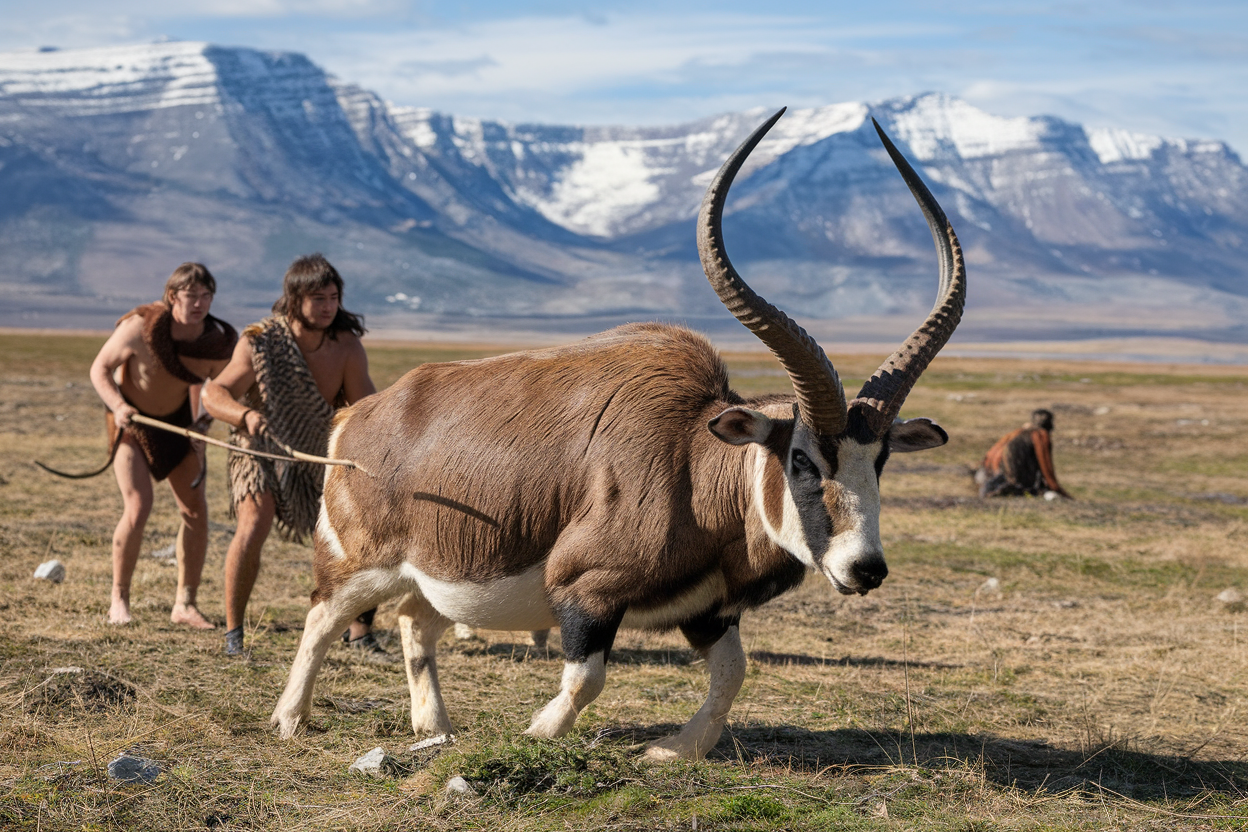
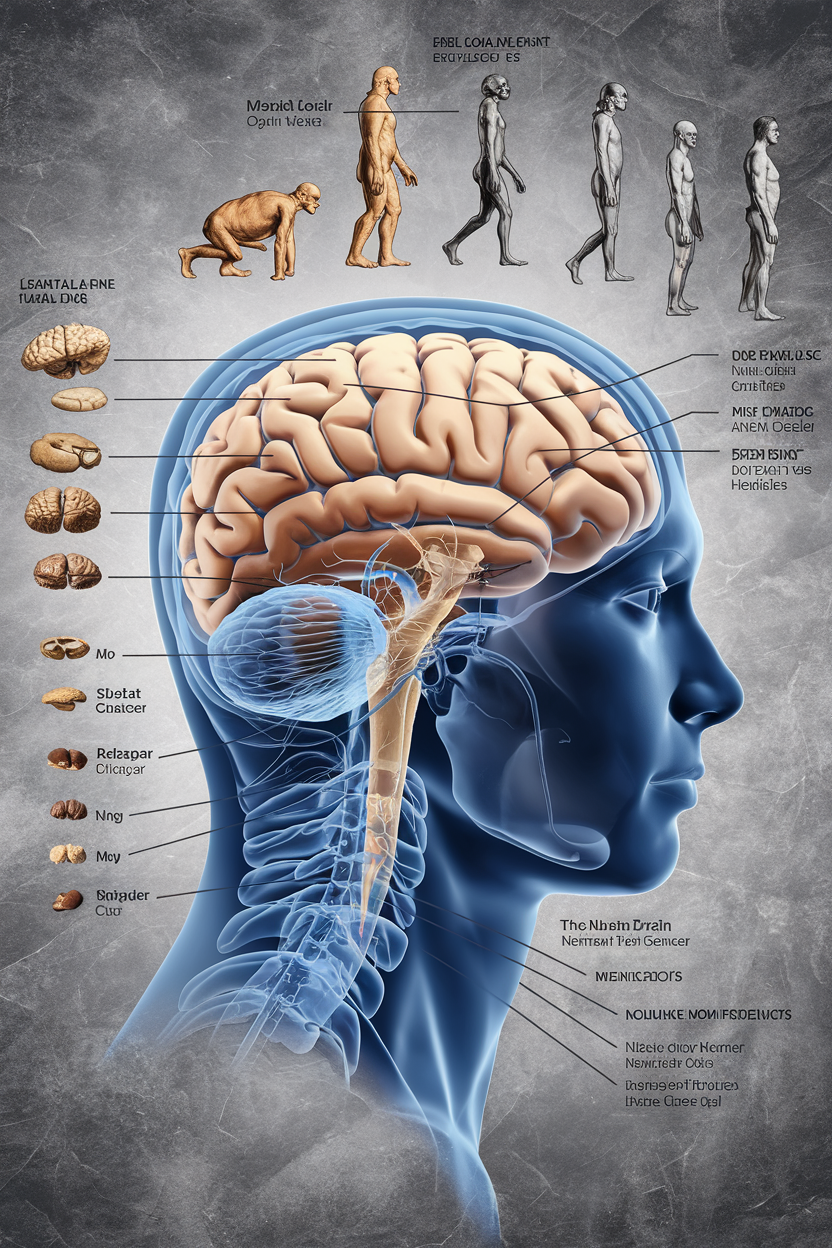
Brain Fuel: Why Fat is Your Friend
Speaking of brains, did you know that the human brain is an energy hog? Despite only making up 2% of our body weight, it uses 20% of our energy. And guess what fuels it best? Fat, specifically the long-chain fatty acids found in animal products. It’s the kind of nutrient you won’t exactly find in a quinoa salad.
So why did we ever shift toward carbs? Blame modern agriculture and our love affair with grains. Sure, they’re easy to grow and feed the masses, but they’re not exactly what our bodies were built to run on.
Our evolutionary history — and the dietary habits of our animal cousins — all point in one direction: we’re built for a high-fat, low-carb diet. Our ancestors didn’t survive and thrive on grains and sugar, they thrived on meat and fat. If we want to reclaim our health, it’s time to load up our plates with the good stuff: animal fats, steaks, and tallow.
So go ahead, grab that ribeye, pour some tallow on it, and let’s get back to our roots — one fatty bite at a time!
Dr. Barry Groves: The Truth About What We’re Really Meant to Eat
Still not convinced and want to know more into depth about our species appropriate diet? Get ready to have your mind blown. Dr. Barry Groves delivers a no-nonsense, fascinating lecture on what humans are biologically designed to eat – and as you understand by now, it’s not the food pyramid you grew up with. This eye-opening talk is packed with jaw-dropping facts that will completely flip the script on how you have always thought about nutrition. Forget what you’ve been told – this is the real deal, and it’s time to set the record straight.
Enjoy your steak!
Patrick
Your Renegade Meat Master 🥩🚀
Related Carnivore Chronicles
You’ve made it this far—why stop now? Dive into these juicy Caveman Diaries that’ll keep your carnivore game strong. Whether you’re here for tips, tricks, or a good laugh at those “plant-based” myths, we’ve got you covered. Grab your steak, sit back, and enjoy the ride!
Oh, and while you’re at it, why not share this chronicle with your mates?
Hit Me Up – Let’s Get You Back in the Game!
Tired of feeling blah and ready to feel fit, healthy, and confident again? Shoot me a message, and let’s talk about how my carnivore and fitness coaching can help you crush your goals. This is your chance to start a real transformation – let’s make it happen together.
